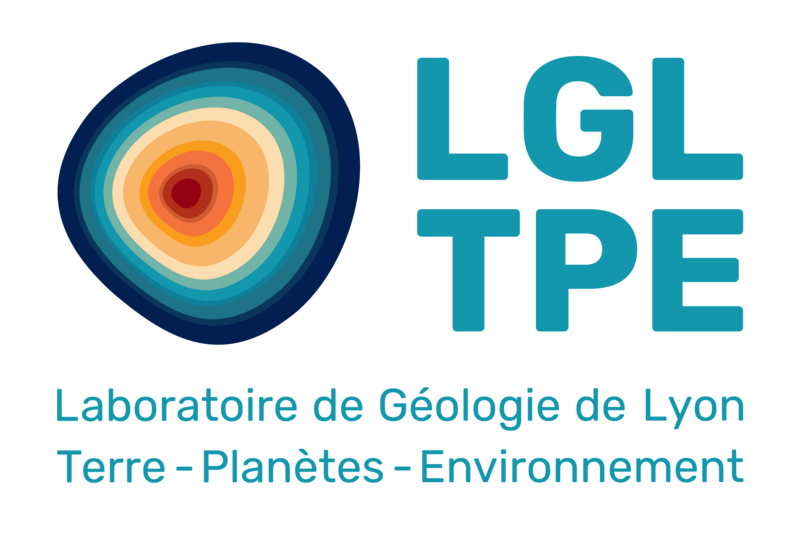
Dates
17/06/2024
Horaires
14-15H
Lieu
ENS, Amphi L
Finding ancient microbes: why is it hard, and what can we do about it?
The rock record of early Earth contains numerous examples of microscopic organic filaments and spheres, commonly interpreted as fossil microorganisms. Microfossils are among the oldest traces of life on our planet, making their correct identification crucial to our understanding of early biological evolution. They are furthermore potential targets for astrobiological investigations on rocky planets. Yet, spherical and filamentous microscopic objects composed of organic carbon and sulfur can form in the abiogenic reaction of sulfide with soluble organic compounds. These objects, called organic biomorphs, spontaneously form by self-assembly in aqueous solutions containing sulfide. These biomorphs adopt a diversity of morphologies that closely mimic a number of microfossils from the ancient rock record. Here, I will present results on the formation of the C-S biomorphs under geochemical conditions relevant to Hadean and Archean environments, and discuss possible implications for prebiological compartmentalization on early Earth.
Ancient microbes may also indirectly be identified in the geological record using mineralogical signatures. Indeed, some bacteria can form biominerals that possess well-defined morphological, chemical, and crystallographic properties, potentially allowing their use as biosignatures. However, some of these properties can be reproduced abiotically when minerals are formed in the presence of organics, which may have an abiogenic origin. I will present a new high-throughput experimental approach based on Raman spectromicroscopy that may help us better constrain signatures of organic-mineral interactions, and improve our capacity to identify microbial life in the rock record.
